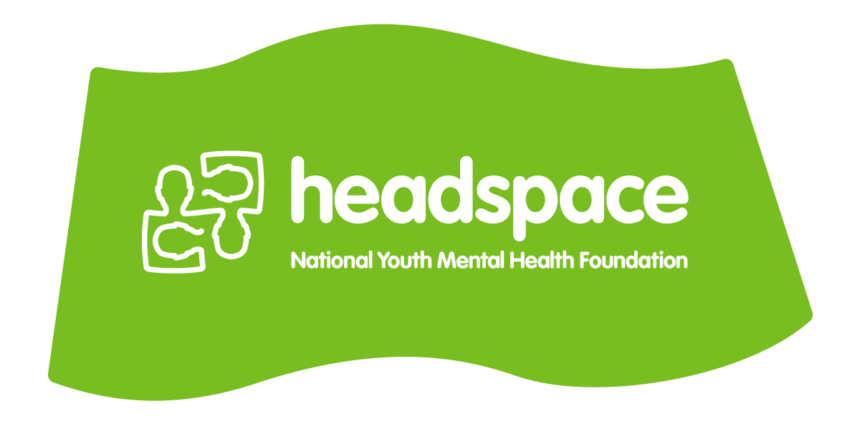Beyond Books and Paychecks: How Work-and-Study Support Is Bolstering Youth Mental Health
New findings from Headspace reveal that when tailored help with work and study is paired with mental health care, young Australians show significantly stronger wellbeing and confidence. This editorial explores why this dual support matters and how it might reshape policy, care, and opportunity.
PERSONAL DEVELOPMENT


From the moment a young person walks into a classroom or posts their resume online, hidden forces tug at their wellbeing. Stress, self-doubt, confusion and overwhelm often lurk behind the surface of “just getting by.” But what if precisely targeted support for work and study can turn those undercurrents into sources of strength? Recent evidence from Headspace confirms that young people who receive work and study assistance alongside mental health care have sharper improvements in mental wellbeing, confidence and quality of life. At TMFS we believe this kind of evidence marks a turning point: when systems align to support both purpose and growth, young lives transform.
The core data emerges from Headspace’s recent National Family Mental Health Survey and their evaluations of the Work & Study program. One in five families report concern about stress from work or study affecting their loved ones’ mental health. Only about 54 per cent of young Australians feel confident applying for a job. headspace+1 Yet when young people engage with tailored work or study support in addition to standard mental health services, their wellbeing improves more significantly than those who receive mental health care alone. headspace+2The Educator+2
What kind of improvement does this look like? Participants in the work-and-study cohort are between 22 and 36 per cent more likely to achieve marked gains in wellbeing, psychosocial functioning, or quality of life than peers who receive standard care. Vritimes+1 In practical terms, many secure study places or jobs, boost their confidence, sharpen life skills, gain a stronger sense of control and build supportive networks. headspace+1
Consider Ash, aged 20, from Brisbane. Before entering the program, job searching and choosing study options felt overwhelming. But with one-on-one guidance from a vocational specialist, Ash gained clarity about goals, grew confidence in applying for work or study, and felt more in control of their future. headspace This is not anecdote alone. The support is delivered via multiple channels: online one-on-one for ages 15-25, face-to-face in more than 50 centres for ages 12-25, and a career mentoring element that connects young people with volunteer professionals. headspace+2headspace+2
Particularly striking is how this works for groups facing the steepest barriers. Young people who are out of work or study and actively seeking a role see large wins. Men aged 15-25 and Aboriginal and Torres Strait Islander young people also show particularly strong improvements when they receive this dual support. Vritimes+1 The data suggests that for those most marginalized by mental health challenges and instability, the combination of purpose (work or study) plus support becomes not just helpful but transformative.
These findings carry deeper implications. First, tackling mental health in young people cannot be siloed. Mental wellbeing, education and employment outcomes are deeply intertwined. When policymakers allocate resources, when health systems design interventions, or when educational institutions reach out, integrating work and study support must be part of the core offer—not an optional extra.
Second, confidence matters in ways rarely captured by metrics alone. The gain in self-belief, the ability to imagine a future, the reduction in anxiety tied to job or study uncertainty—these are difficult to quantify but central to long-term outcomes. Programs like Headspace’s Work & Study do more than ease symptoms; they rebuild agency.
Third, scalability and accessibility are essential. The Headspace model that blends online, face-to-face, mentorship and flexible eligibility suggests that multiple touchpoints are needed. For rural and regional youth, or those without reliable transport or facing financial hardship, online or local centre access can make the difference.
In closing the promise of work and study support demands bold follow-through. At TMFS we see this as a strategic compass: when young people are supported in their ambitions—through work, learning and purpose—mental health shifts from a topic of risk to one of resilience.
We invite decision-makers, educators, mental health professionals, communities and families to commit to frameworks that do more than treat distress. Let us build systems that proactively enable work engagement, learning pathways and opportunities to grow. When we do, the rewards extend beyond individual wellbeing to stronger, more vibrant communities.
Support must be sustained. Not just in funding but in everyday design, in access, in empathy. The evidence is here. The moment is here. For young Australians, the opportunity to thrive lies not in what is left behind but in what is built forward.
All rights belong to their respective owners. This article contains references and insights based on publicly available information and sources. We do not claim ownership over any third-party content mentioned.
